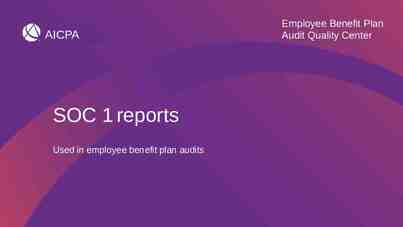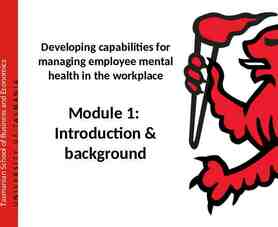U S A rm yC o rp s o fE n g in e e rs PUBLIC INVOLVEMENT & TEAMING IN
12 Slides139.00 KB

U S A rm yC o rp s o fE n g in e e rs PUBLIC INVOLVEMENT & TEAMING IN PLANNING US Army Corps of Engineers

U S A rm yC o rp s o fE n g in e e rs COURSE OVERVIEW

U S A rm yC o rp s o fE n g in e e rs NOMINAL GROUP PROCESS Opening Presentation Introductions Posing Activating Questions Generating Ideas Recording Ideas Discussion Selecting and Prioritizing Ideas Discussion of Results

U S A rm yC o rp s o fE n g in e e rs LEARNING OBJECTIVES By the end of this course you will be able to: Identify the characteristics of effective public involvement processes Facilitate a team or public meeting Design an interactive team or public meeting or workshop Continued

U S A rm yC o rp s o fE n g in e e rs LEARNING OBJECTIVES - Continued Identify behaviors that escalate conflict during a dispute with other agencies or the public – and identify behaviors that halt this escalation Develop a public participation plan Select appropriate techniques for a participatory process

U S A rm yC o rp s o fE n g in e e rs MON. Course Overview Public Involvement in the Planning Process The Role of Values in Planning TUES. Current Uses of PI and Teaming Who is “the Public?” Meeting Leadership Skills Active Listening WED. THURS. FRI. Communicating Concerns Working in Teams Preventing Escalation Strategic Communication Facilitation Facilitation Practice Designing Workshops Intergroup Behavior Designing a Public Involvement Program Process Design Process Appraisal P.I. Techniques Implementation Issues Q&A

U S A rm yC o rp s o fE n g in e e rs CORPS STRATEGIC OBJECTIVES People. Be recognized for the technical and professional excellence of our world-class workforce, functioning as teams delivering projects and services. Process. Use the Project Management Business Process to operate as One Corps, regionally delivering quality goods and services. Communication. Communicate effectively to build synergistic relationships that serve the nation.

U S A rm yC o rp s o fE n g in e e rs In today’s planning environment, planners and project managers need two skill sets: TECHNICAL SKILLS PROCESS SKILLS

U S A rm yC o rp s o fE n g in e e rs THREE-STEP TRAINING CYCLE Brief lectures or class exercise A class or team exercise Class discussion

U S A rm yC o rp s o fE n g in e e rs Different modes of learning work differently for different people The more learning modes, the more likely you are to remember Exercises bring material closer to life Skills require practice during the course (and after) During exercises you will learn from each other Working in teams is part of the learning

U S A rm yC o rp s o fE n g in e e rs Because the course is interactive, it is important that you: Be here, and be on time – or your team will be short members Participate enthusiastically – it’s part of the learning

U S A rm yC o rp s o fE n g in e e rs CORE CURRICULUM COURSES Planning Orientation Workshop Planning Process Workshop Plan Formulation Workshop Environmental Considerations in Planning Economic Analysis in Planning Hydrologic & Hydraulic Considerations in Planning Public Involvement and Teaming in Planning






